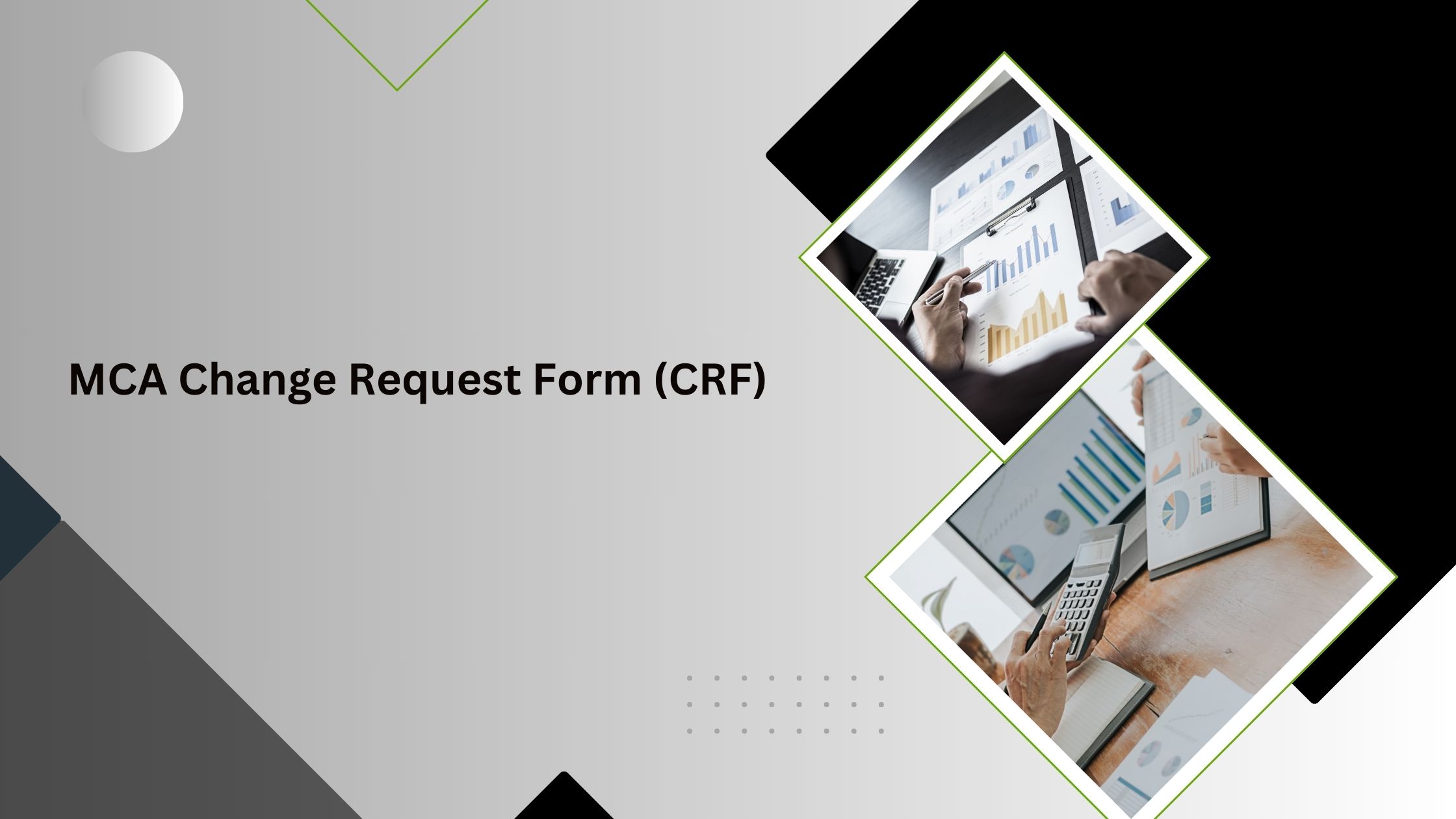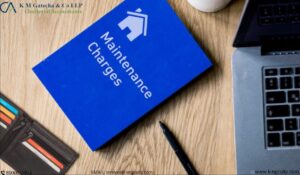The Ministry of Corporate Affairs (MCA) has introduced the Change Request Form (CRF), a web-based tool designed to address exceptional scenarios where existing forms or services within the MCA-21 system are insufficient. This initiative aims to enhance the accuracy and reliability of corporate data maintained by the MCA. (MCA Change Request Form)
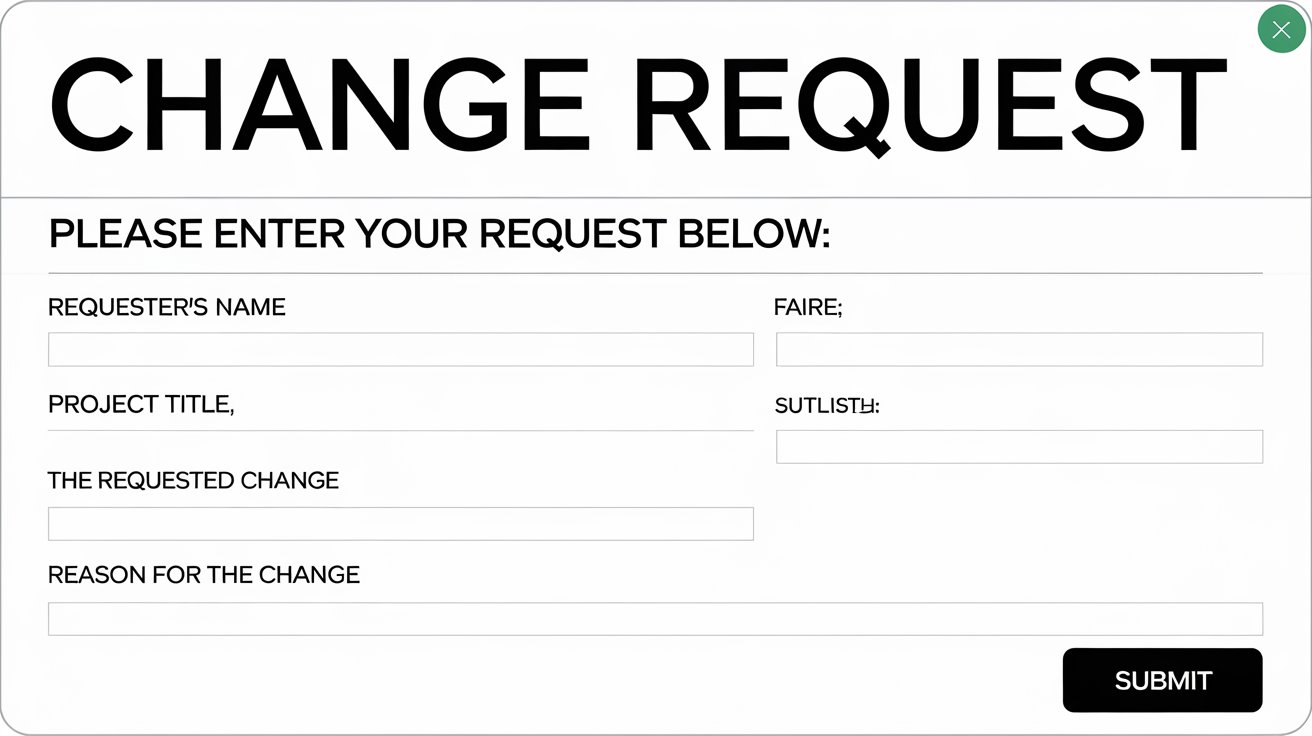
Correction of Master Data
In certain situations, discrepancies may arise in a company’s master data—such as its name, registered address, or details of directors—that cannot be rectified through standard forms. The CRF provides a mechanism to correct such inaccuracies, ensuring that the MCA’s records reflect the true and current status of the company.
Purpose of the CRF
The primary purposes of the CRF include:
Master Data Corrections: Addressing inaccuracies in a company’s registered information that cannot be corrected through existing channels.
Compliance with Legal Directives: Implementing changes mandated by orders from courts or tribunals.
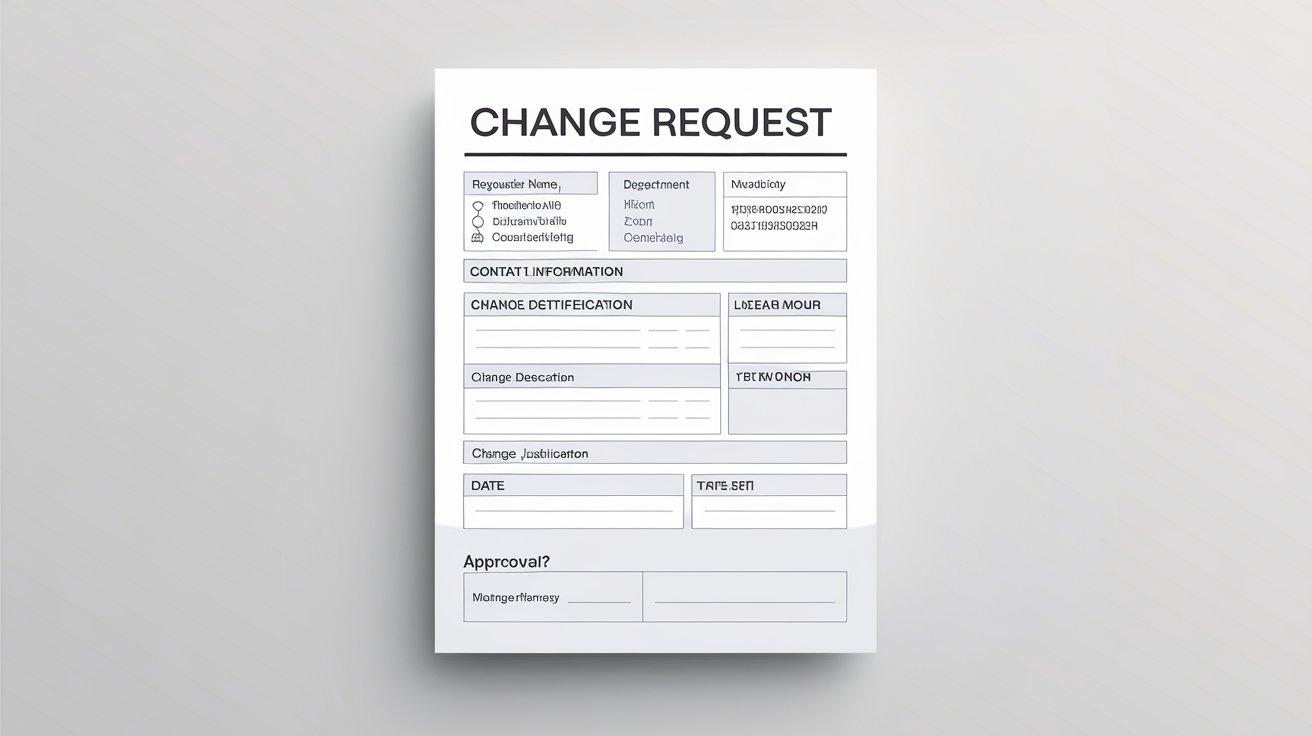
Limitations of the CRF
The CRF is intended for use only under exceptional circumstances and should not be viewed as a substitute for existing reporting or application requirements under the Companies Act, 2013, or the LLP Act, 2008. Requests that can be addressed through existing forms or services are not eligible for submission via the CRF.
Other Potential Uses of the CRF
Beyond the primary purposes, the CRF may also be utilized for:
Rectifying Share Capital Discrepancies: Addressing mismatches in share capital figures due to rounding off or other discrepancies.
Updating Key Managerial Personnel Details: Making changes to the particulars of key managerial personnel, especially when such updates are not feasible through existing forms.
Modifying Director Contact Information: Updating email addresses or mobile numbers of directors when standard procedures do not accommodate such changes.
Processing of the CRF
Once submitted, the CRF undergoes a processing workflow:
Registrar of Companies (RoC) Review: The RoC reviews the form within three days of submission.
Joint Director Evaluation: Post RoC review, the form is forwarded to the Joint Director (e-governance cell), who is responsible for processing and making a decision within seven days.
This structured approach ensures timely and efficient handling of exceptional requests.
Conclusion
The introduction of the CRF by the MCA serves as a specialized tool to address unique situations that existing forms or services cannot accommodate. By providing a mechanism to correct master data inaccuracies and comply with legal directives, the CRF enhances the integrity and accuracy of corporate records. Stakeholders are advised to use this form judiciously, ensuring that all standard avenues have been exhausted before resorting to the CRF.
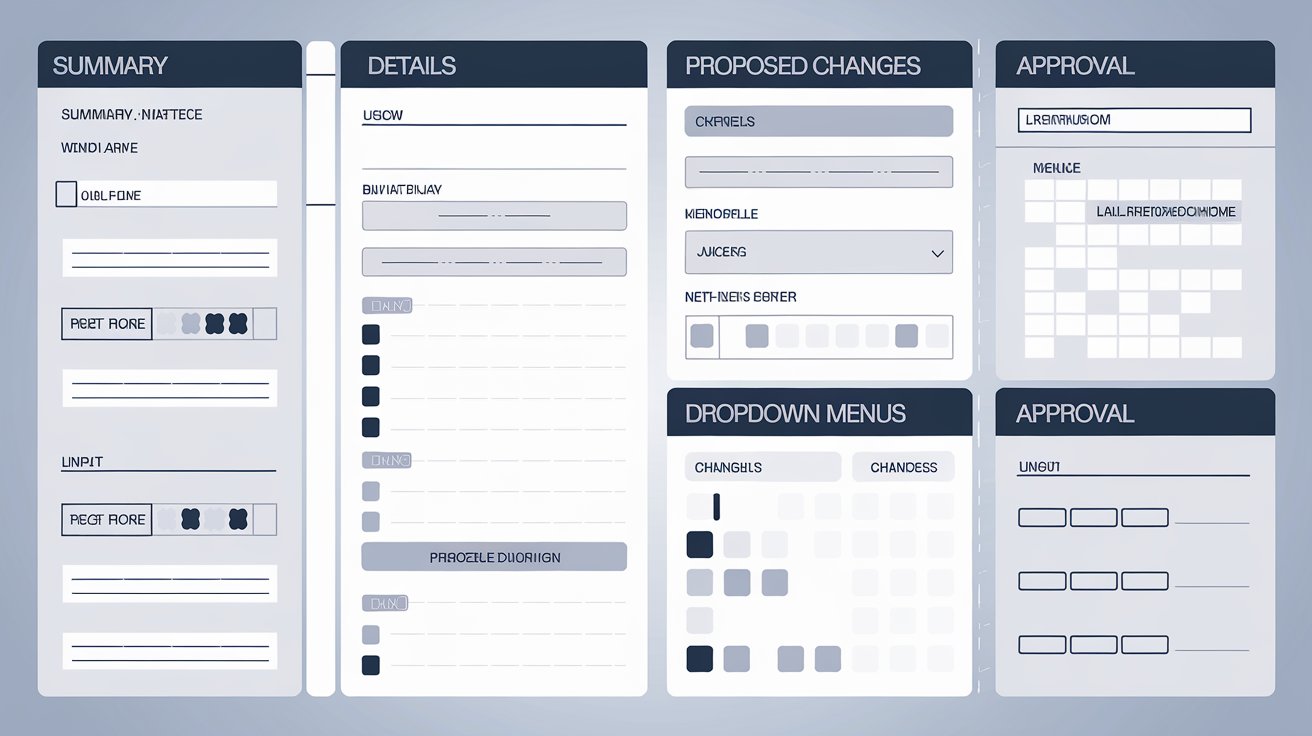
Need Help?
FAQs
Q1: Why is revalidation under Sections 12A and 80G necessary?
The CRF should be used in exceptional circumstances where existing MCA-21 forms or services do not cater to specific requirements, such as correcting master data inaccuracies or implementing court-mandated changes. KMG CO LLP is the best ca firm in ahmedabad.
Can the CRF be used for regular updates or filings?
No, the CRF is not a substitute for regular reporting, applications, or registry requirements as per the Companies Act, 2013, and the LLP Act, 2008. It is intended only for scenarios that cannot be addressed through existing forms or services.
What is the processing time for the CRF?
The Registrar of Companies (RoC) processes the CRF within three days of submission. Subsequently, the Joint Director (e-governance cell) reviews and decides on the matter within seven days.
Are there any limitations on the use of the CRF?
Yes, the CRF should not be used for purposes that can be addressed through existing forms or services. It is specifically designed for exceptional cases that fall outside the scope of standard procedures.
How can stakeholders access the CRF?
The CRF is available as a web-based form on the MCA-21 V3 portal, accessible to users facing exceptional circumstances requiring its use.
Table of Contents
Toggle
